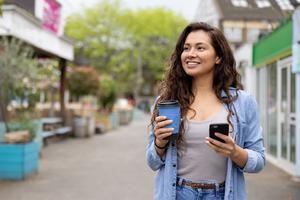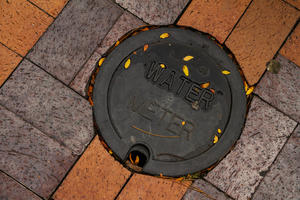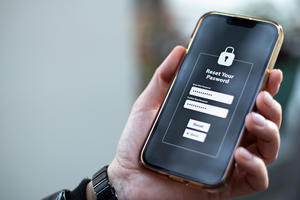No one wants to be the Scrooge at the Christmas dinner table, but research suggests the environmental impact of the festive period is huge. Many years ago, the Stockholm Environment Institute found three days of Christmas celebrations can generate as much as 650kg of carbon dioxide emissions per person. This figure is likely to have increased and it is something we should take the time to consider before taking things to the extreme this Christmas season. This doesn’t mean giving up all the fun and enjoyment, it just means making some more sustainable choices. Have a look at our top tips for a greener Christmas below:
Cards, presents and gifting
Many people have given up the tradition of posting Christmas cards. It’s a considerable amount of paper and card that is wasted and the cost adds up too. Instead, people have switched to e-cards or even simply announced on social media that their Christmas card spends have been donated to charity instead.
The pressure to buy the most amazing gifts at Christmas builds up every year but there’s a lot to be said for being mindful and thoughtful in your choices. Stay clear of novelty items and only buy things that the person would need or want, to avoid it ending up in landfill. But sometimes, the best gift you can give is the gift of experience such as a yearly subscription or membership to an e-magazine or local museum. Why not adopt an animal or support a wildlife charity?
When it’s time to shop for those final gifts, double check you’ve got your own sustainable shopping bags to take with you. The average working lifespan of a plastic carrier bags is just 12 minutes, but they account for 70% of coastal plastic waste. When you choose gifts, think about if you can shop local and consider choosing more sustainable items with less packaging. There’s no shame in re-gifting second-hand items, or even getting crafty and upcycling an old piece of furniture to turn something unloved into a treasured gift.
Sustainable wrapping
The shiny, glittery, and plastic wrapping papers we’re all used to cannot be recycled. Once they enter the environment it can take centuries for them to properly break down. Get creative with brown packing paper and stamps to create your own unique designs. Rather than using sticky tape, go for a more nostalgic look and wrap with traditional string or twine tied in a bow.
Christmas dinner and snacking
We waste around a 33% of all food that’s produced. That’s not only a waste of money but it’s also bad for the environment as food production is water, land and labour intensive. The best way to cut your overindulgence on Christmas food is by planning ahead. Be realistic about what you are going to use and don’t buy more than you need. Make use of leftovers to create more meals and you could even consider swapping out meats for plant-based alternatives. If you do opt for a traditional turkey Christmas dinner then try to shop locally for your produce, minimising the miles travelled from farm to fork.
Decorations and Christmas trees
Hey! The 1980’s called, and it wants its tinsel back. It’s time to consider ditching the shiny plastic and make your own paper decorations. A homemade bauble can double-up as a gift for someone and creating your own decorations from salt dough and other crafty materials can be a family activity too.
Artificial trees are more realistic than ever before, but nothing beats a real Christmas tree in terms of sustainability, look and feel. It can take up to ten years for an artificial tree to keep its environmental impact lower than a sustainably-sourced real tree, so visit your local sustainable forest and choose the perfect spruce for your home. LED lights are your best choice when it comes to lighting up the home, as they use less energy and still create that festive sparkle.
Having an amazing Christmas doesn’t have to be at the expense of our environment. We hope you have a fantastic (and sustainable) Christmas time and a wonderful New Year.


